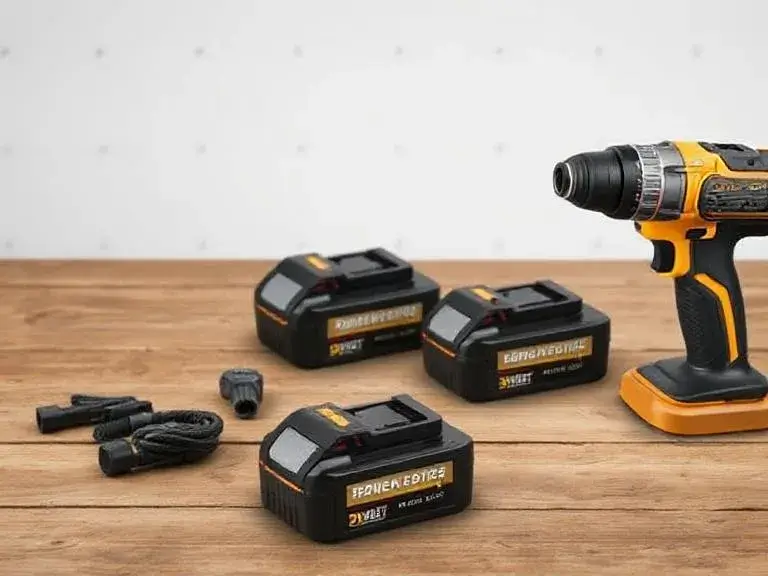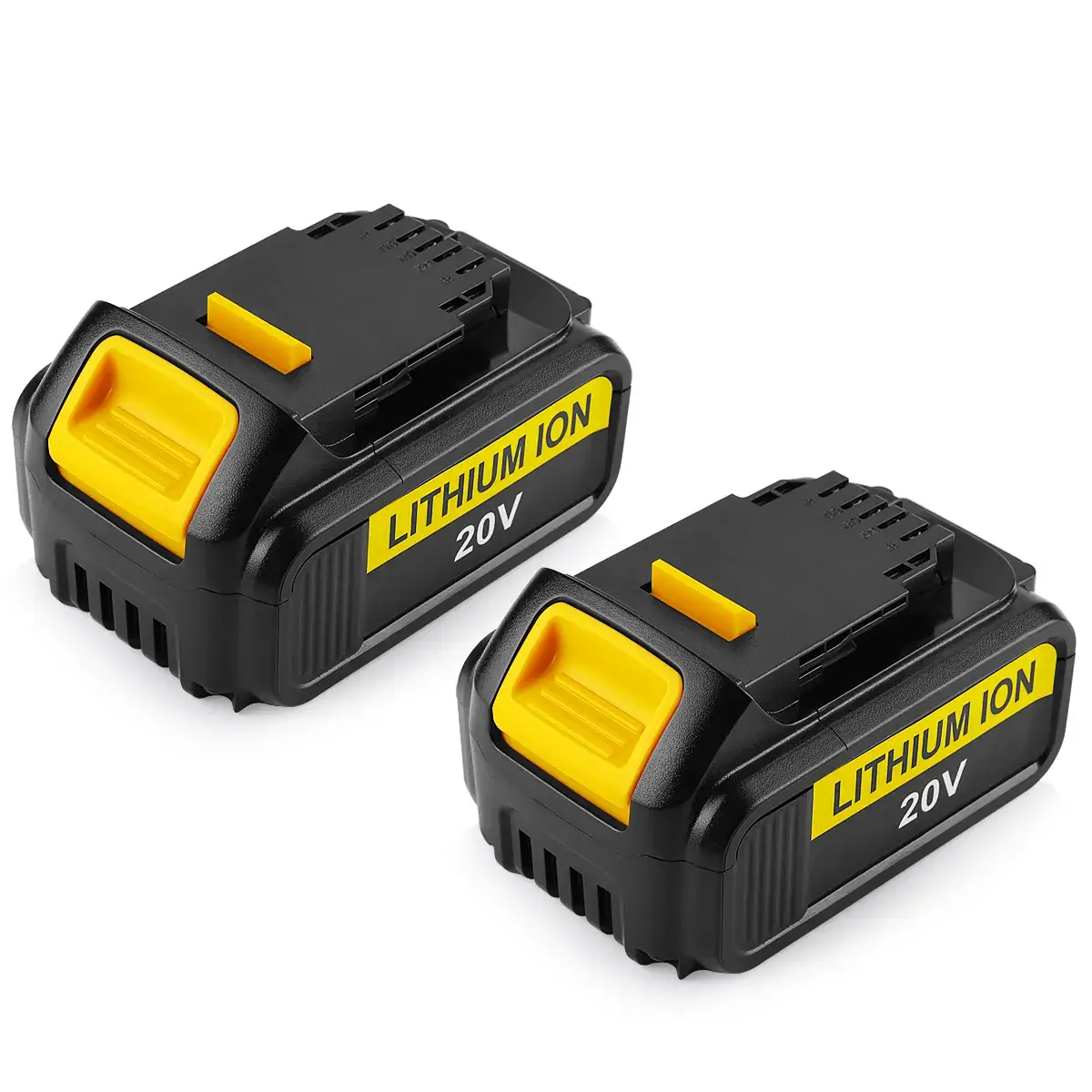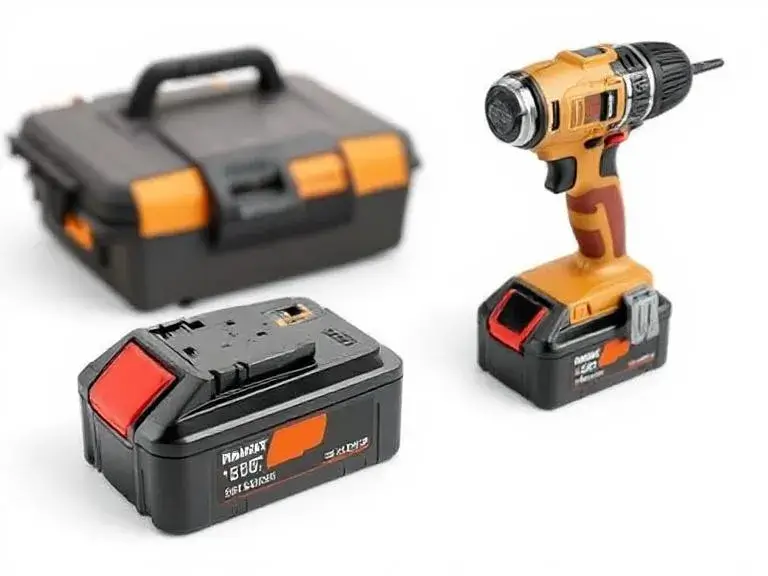How to choose the right replacement tool battery for us
How to choose the right replacement tool battery for us
Blog Article
When selecting a replacement tool battery, first ensure that the battery model, specifications, and voltage exactly match the original device. Secondly, pay attention to the battery capacity and endurance, prioritizing products with manufacturer certification and comprehensive safety protection design. Consulting user reviews and professional assessments can help gauge actual performance. Additionally, choosing a reputable brand and vendors who offer quality after-sales service will effectively ensure the device's stable operation and extend its lifespan.
Selecting the right replacement battery is more than just a cost-saving measure—it’s about enhancing the longevity and efficiency of your power tools. Whether you’re a dedicated DIY enthusiast or a seasoned professional, a well-chosen battery not only boosts tool performance but also contributes to overall safety and reliability. This guide dives into the factors that matter most—affordability, compatibility, battery capacity, and safety—and enriches the discussion with industry insights and practical examples.

18V Lithium‑Ion Battery For Makita LXT Power Tools BL1860B
Why Choose Non-Original Power Tool Batteries?
Choosing non-original electric tool batteries primarily offers higher cost performance and diverse options. First, these batteries typically come at a lower price, helping reduce overall maintenance and operating costs. Secondly, a variety of brands and models are available for you to select products with capacities and endurance that best suit your needs. Additionally, some non-original batteries perform comparably to original ones, and in certain applications, even outperform them. We can buy products that have been safety certified and have good reviews after purchase. In this way, we can not only obtain lower-cost products than original products and create more profits, but we can also ensure the safety and compatibility of third-party products, killing two birds with one stone.
Third-party batteries are more than just a replacement for original batteries, they represent a growing market segment that offers people more choice. Here are some of the primary reasons why they are becoming the preferred choice:
1. Affordability Without Compromising Quality
According to market feedback, the price of third-party batteries is much lower than that of original batteries, but their performance is almost the same as that of original batteries. Since the price gap between third-party batteries and original batteries is large, third-party batteries are very cost-effective for those who have limited budgets but want to maintain work efficiency, so they almost always choose third-party batteries.
- Cost Comparison:
- OEM Battery: Typically around $100 (e.g., DeWalt OEM)
- Third-Party Battery: Approximately $60 (e.g., XNJTG equivalent)
2. Enhanced Compatibility Across Brands
A key advantage of many third-party batteries is their design flexibility. Some models are engineered to work across multiple brands, reducing the need to buy brand-specific batteries for each tool.
3. Higher Capacity Options for Extended Runtime
Many third-party manufacturers are pushing the envelope by offering batteries with higher ampere-hour (Ah) ratings, which translates to longer operating times.
- Benefit: Extended runtime means you can work longer without frequent interruptions, enhancing productivity on the job.

Comparative Overview
Below is a comparative table summarizing the key factors between OEM and non-original batteries:
Feature: Price; Compatibility; Capacity Options; Availability; Warranty & Support
OEM Batteries: Premium pricing (often $100 or more); Generally designed for a specific brand; Standard capacity ratings; Limited to manufacturer distribution channels; Comprehensive warranty and dedicated support
Non-Original Batteries: 30-50% cheaper than OEM options; Often compatible with multiple brands; Options with higher Ah ratings for longer runtime; Widely available through various retailers; Varies by manufacturer; often competitive
Deep Dive: Balancing Cost and Performance
When selecting a replacement battery for power tools, it's important to strike an ideal balance between cost and performance. Lower-priced batteries may lack endurance, durability, and safety, whereas high-performance batteries often come at a higher price but typically offer longer runtime, faster charging, and more stable operation. Users should consider their specific usage needs, work environment, and budget, taking into account battery capacity, certification standards, brand reputation, and after-sales service to choose a product that meets performance requirements while remaining cost-effective.
When selecting a replacement battery, it is crucial to strike a balance between upfront cost and long-term performance. While OEM batteries are often praised for their reliability, third-party options have made significant strides in replicating—and sometimes surpassing—this performance at a fraction of the cost.
- Performance Metrics:
Industry evaluations suggest that many third-party batteries not only deliver comparable power output but also exhibit enhanced performance under rigorous usage conditions. This is especially notable in sectors where continuous operation is critical.
- Safety Considerations:
Modern non-original batteries are built with advanced safety features such as overcharge protection, thermal management, and robust casing designs. These features ensure that even in demanding environments, the battery remains safe and reliable.

Final Thoughts
Choosing the right battery for your power tools involves understanding both your immediate needs and long-term objectives. By considering factors like affordability, compatibility, and capacity, and by staying informed about the latest industry trends, you can make a decision that maximizes both performance and cost-effectiveness.
Whether you opt for an OEM or a non-original battery, the key is to ensure that the product meets the rigorous demands of your work environment. As the market continues to evolve, expect to see even more innovations that blur the line between original and aftermarket options, giving you more choices than ever before. Report this page